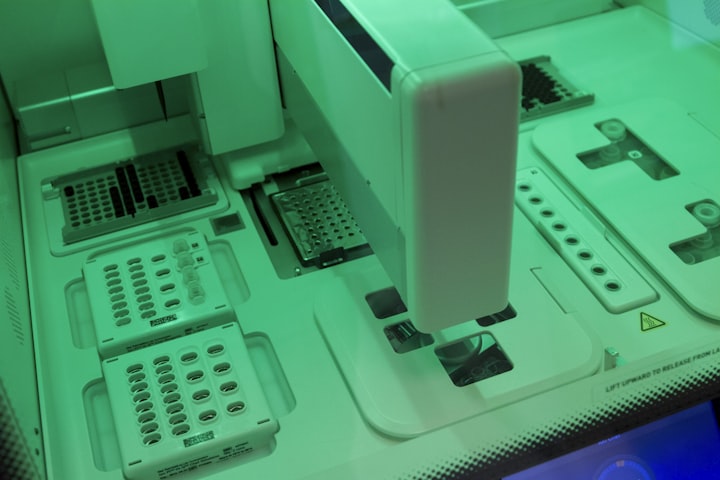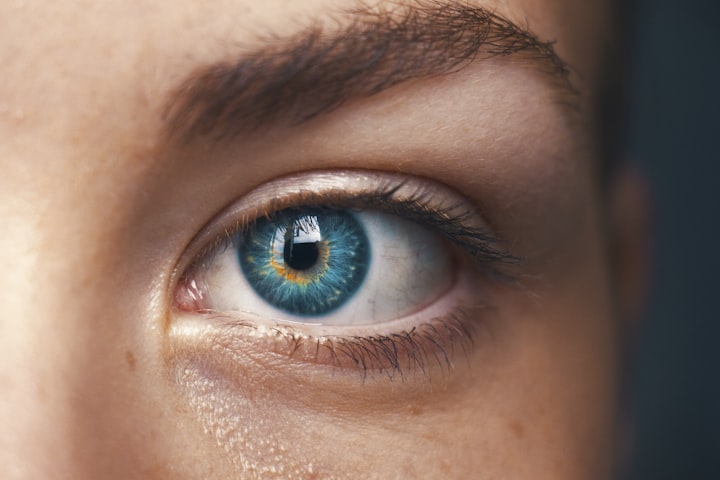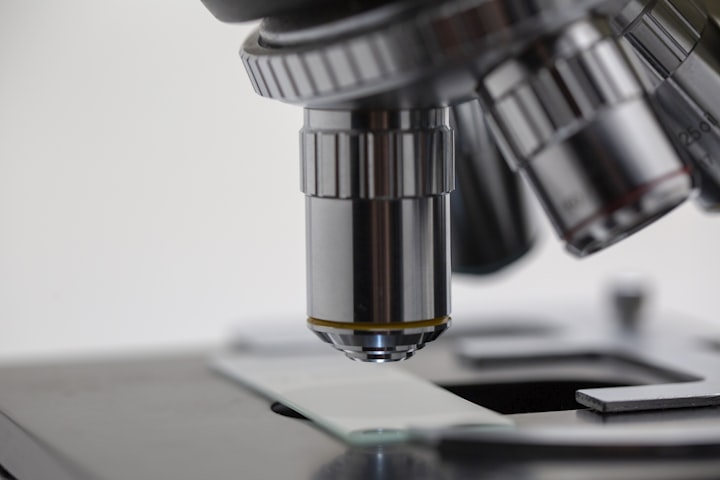DNA is not a Blueprint
People often describe DNA as a blueprint for constructing a body. It’s not.

Education is hard. Unfortunately it’s often necessary to simplify a concept for people to understand it when they’re first learning about it. Educators want children to learn concepts about how biological systems work, but some concepts are too complicated to explain in an accurate way. DNA is one of those topics. Sadly, as students learn, their simplified understanding of the topic is rarely corrected.
It’s a shame. While it’s quite interesting to think that DNA can code for the entire development of a multicellular organism like a human, it’s also not terribly surprising, considering that we can use simple machine code to develop rather sophisticated programs. But the “DNA as a blueprint” concept isn’t the whole story, and the way DNA actually functions is far more interesting.
Building the Builders

Rather than coding for the construction of a body, the way that a blueprint instructs a developer on how to build a house or a bridge, DNA codes for proteins. These proteins can twist and bend in various ways, and do so differently, contingent on the environment. Some proteins act as major building block of muscle tissues, cells, and other parts of the body. Other proteins are enzymes which mediate chemical reactions in the body. Still other proteins are messages that are moved around the cell and the body.
Proteins aren’t the only component that makes up the body, but for a large part, they act as the basic machinery and building material. Essentially, DNA codes for the construction of the building blocks, and microscopic machines, or micro-machines, that then go on to actually do the building. It also codes for regulation of these materials. Not all DNA is “coding,” which again differentiates our DNA from a traditional blueprint. Much of it simply acts to regulate the production of these micro-machines.
From there, it is the machinery that actually does the work, and many of these micro-machines are largely self rearranging. The structure of these micro-machines allow them to perform different functions, and when interacting with each other, and with the various building blocks of the body, independently function in an appropriate fashion to create cells, tissues, organs, and eventually the whole organism. Various hormones, which are often proteins or protein-like molecules, are used to figure out where things are supposed to go.
Gene Expression and Phenotype

To revisit the blueprint analogy, it would be like a blueprint that instructs engineers, architects, and other workers, to create more engineers, architects, and other workers, as well as the materials that they need to use. It is then these people who have the capacity to figure out what to do in order construct the building, as well as maintain it. In many ways, it’s a wonder that it all works. But it does, usually. However, because DNA is not a blueprint, things can get interesting.
A person might “have the DNA” for brown eyes, but end up with blue eyes, because the body never accesses the portion of the DNA that results in extra pigmentation in the eye. A person might also have blonde hair, but again have “the genes for” brown hair. Throughout our lives, genes are expressed and suppressed, in various ways, in various cells of the body, creating an even more dynamic environment, with greater variability.
A blueprint for a building, if followed, will always produce the same building. DNA if followed, will not produce identical results. That’s why even so called identical twins can end up looking quite different. Even though each twin has the same DNA, how the micro-machines interact with the DNA and the environment sometimes result in significant differences.
Difficulties in Editing DNA
One can see now why editing DNA could be rather tricky business. While adding a gene that codes for a protein here and there is well within our capacity, at least in cases of genetically modifying some yeasts and plants, it’s not like we can simply throw on some genes and code for another pair of arms and hands. Many regions of DNA serve multiple functions, and messing with one can mess with a lot of other parts of the body.
In order to really be able to manipulate DNA, in a way that does not rely on simple trial and error, we not only need to know what the blueprint actually says, but we need to know how each micro-machine, coded for by the DNA strand, interacts with all of the other micro-machines, and how these micro-machines all come together and interact with their building materials. Understanding these processes better can also help us understand how the process of constructing the body fails, and what we can do about it.
About the Creator
Daniel Goldman
Visit my homepage. I am a polymath and a rōnin scholar with interests in many areas, including political science, economics, history, and philosophy. I've been writing about all of these topics, and others, for the past two decades.






Comments
There are no comments for this story
Be the first to respond and start the conversation.